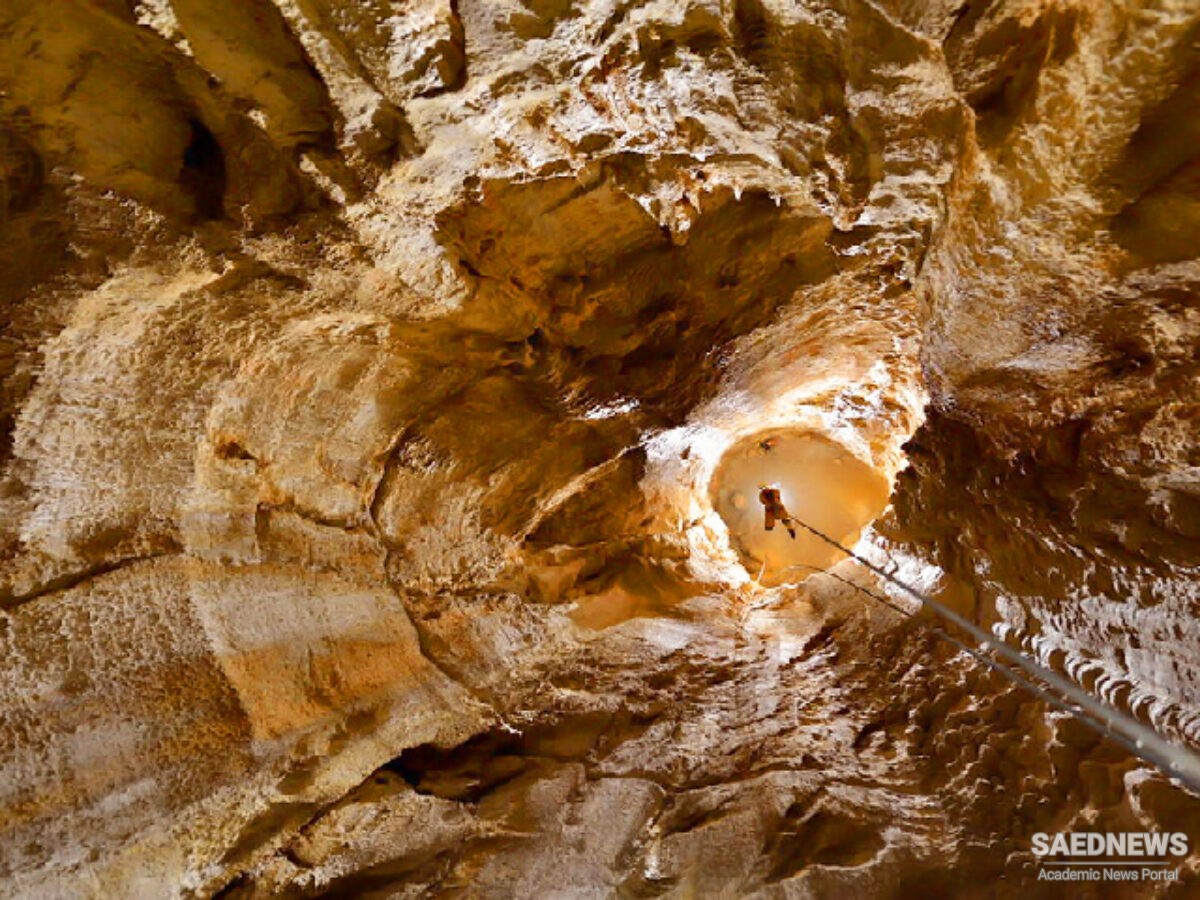Parau Cave was known to be the deepest water cave of the world in 1971, the year it was discovered. Therefore the title “Everest of the Caves” was given to it. Today other caves that were discovered later bear this title. Another unique feature of this cave is its opening that is located three thousand meters higher than sea level, which has resulted in it to be amongst the highest located pit water caves of the world.
It was a group of English cavers who discovered this amazing cave. They were guided by John Middleton and were able to descend to seven hundred and fifty meters in 1971. However, the Iranian cavers have also attributed to the discoveries in Parau cave. In 1989, the team from Kermanshah Climbing Club headed to the cave with Bahman Moshtkub as their leader. But they failed to reach their destination as a result of the flood that entered the cave. In 1991 the group were able to break their record and reach the deepest point of the cave. During the following years the Iranians continued to their expeditions in Parau Cave, which led to the discovery of a small pond in the end of the cave, as well as new paths.
It should be mentioned that in 2009, Department of Environment declared Parau Cave as a natural heritage of Iran that needed to be specially protected. One year later in 2010 the Cultural Heritage, Handicrafts and Tourism Organization of Iran registered this cave as a national heritage.
One geological and structural feature of Parau Cave is that it is seven hundred and fifty-two meters deep, and its one thousand and five hundred kilometers long path has made it an attractive destination for the cavers and lovers of nature. This cave has twenty-six wells. Well number sixteen, with the depth of forty-two meters, is the deepest. The water that runs in Parau Cave is supplied from melting of underground glaciers.
The body and stone walls of the cave is very rough and porous. This leads to rapid tearing of the clothes of the cavers. Infiltration of cold water into cloth and body is another obstacle of this sport.
Parau Cave is located two kilometers northeast of Kermanshah, between Taq-e Bostan and Mount Bistun, in the southern side of a district known as Parau Square, and three hundred meters down to Qaleh Sheikh Ali Khan or Qaleh Parau.


 Kermanshah Province, the Kingdom of Khosrow Parviz and Ahuramazda
Kermanshah Province, the Kingdom of Khosrow Parviz and Ahuramazda














































